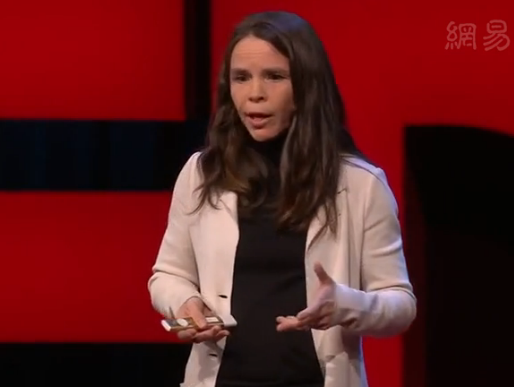Now let's talk about costs.
现在让我们谈谈成本问题。
An energy-intensive version of this technology could cost you as much as $1,000 a ton just to capture it. Let's translate that.
如果仅仅为了捕获一吨二氧化碳而选择在该技术上投入大量能源,其花费将多达一千美金。让我们解释一下这句话。
If you were to take that very expensive CO2 and convert it to a liquid fuel, that comes out to 50 dollars a gallon.
如果你要把非常昂贵的二氧化碳转化成液体燃料,燃料价格将会高达五十美元一加仑。
That's way too expensive; it's not feasible. So how could we bring these costs down?
这太贵了;完全是不可行的。那么我们要怎样降低费用?
That's, in part, the work that I do.
这就是我所做的部分工作。
There's a company today, a commercial-scale company, that can do this as low as 600 dollars a ton.
当前有一个公司,一个商业规模的公司,可以使费用降到每吨六百元。

There are several other companies that are developing technologies that can do this even cheaper than that.
还有其他几个开发技术的公司,还可以进一步降低成本。
I'm going to talk to you a little bit about a few of these different companies.
我要向你们简单介绍一下这些不同的公司。
One is called Carbon Engineering. They're based out of Canada.
其中一个叫做Carbon Engineering,位于加拿大。
They use a liquid-based approach for separation combined with burning super-abundant, cheap natural gas to supply the heat required.
他们使用基于液体的分离方法结合过剩的,廉价的天然气来提供所需要的热量。
They have a clever approach that allows them to co-capture the CO2 from the air
他们发明了一个很巧妙的方法,可以从空气中捕获二氧化碳的同时,
and the CO2 that they generate from burning the natural gas.
也捕获燃烧天然气产生的二氧化碳。
And so by doing this, they offset excess pollution and they reduce costs.
这样一来,他们就抵消了过度污染的影响,也降低了成本。



